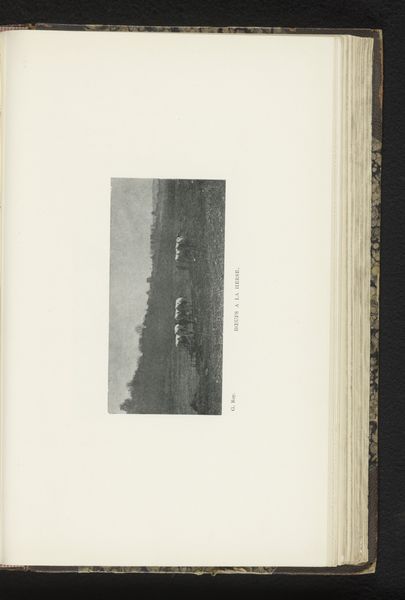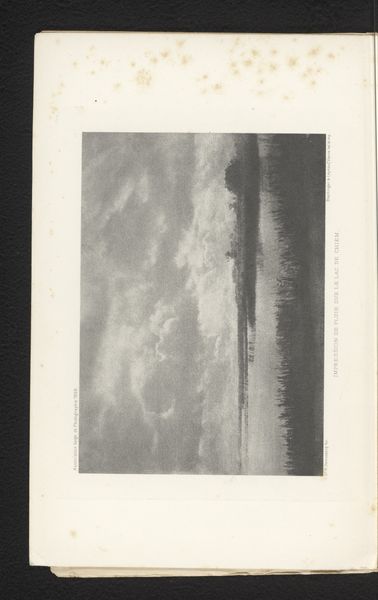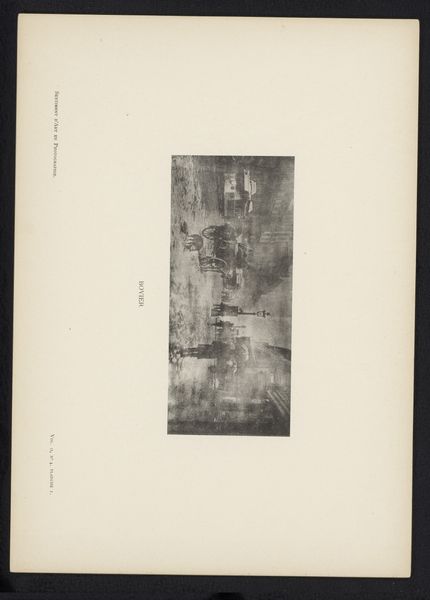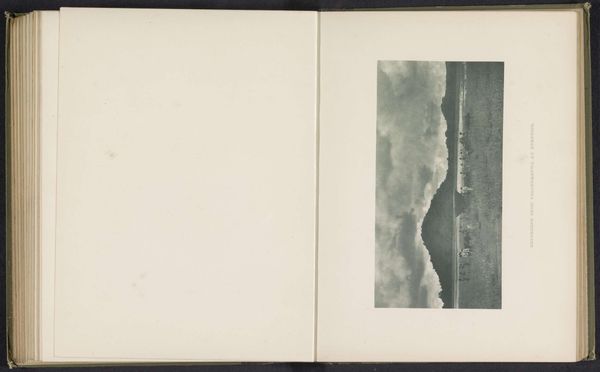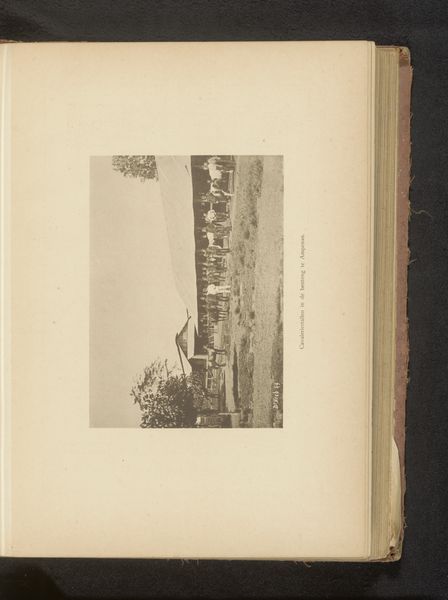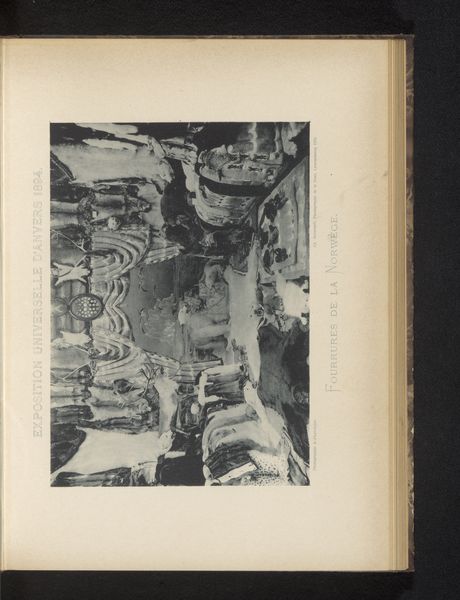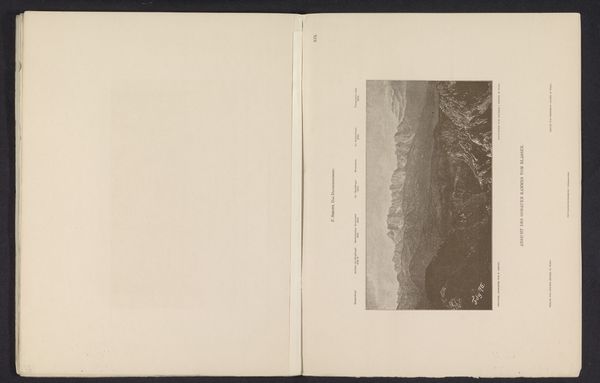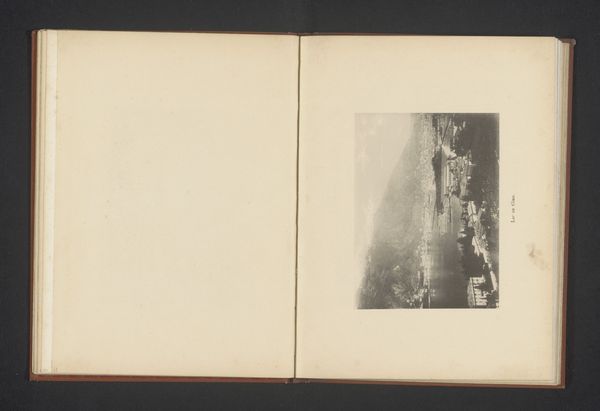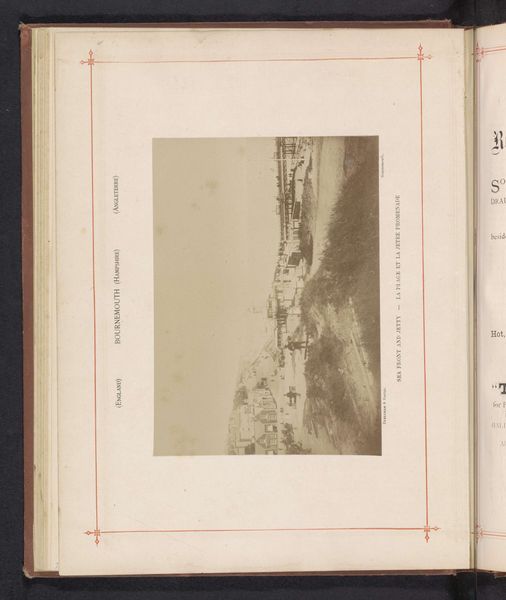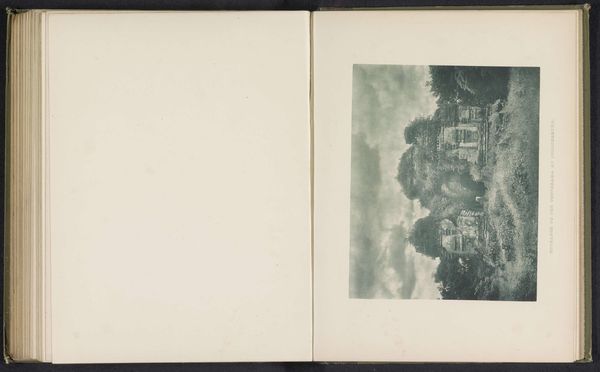
print, photography
# print
#
landscape
#
photography
Dimensions: height 107 mm, width 145 mm
Copyright: Rijks Museum: Open Domain
Curator: Here we have a photographic print from before 1902 called "Dorpsgezicht," credited to Th. u. O. Hofmeister. Editor: It’s rather somber, wouldn't you say? The heavy clouds dominate the composition. It gives me the impression of impending weather, a tangible weight pressing down on the small town. Curator: Indeed. Consider the symbolism of the sky. Across cultures, clouds have represented change, the ephemeral nature of existence, and even divine presence or wrath. Perhaps Hofmeister uses this looming sky to evoke the vulnerability of the small town, its residents facing an uncertain future at the turn of the century. Editor: That reading may be right, but I'm more struck by the physical print itself. To achieve that tonal range back then would have been a rather involved chemical process. Think of the darkroom, the precisely measured solutions, the hours of labor compressed into this single image. It emphasizes the transition from craftsmanship toward reproducibility that defines early photography. Curator: A beautiful thought, especially as photographic prints, compared to painting or sculpture, allowed wider distribution, democratizing access to art and knowledge about places previously unseen. What emotional impact do you think it might have had? Editor: I suspect for many people it made those landscapes available—bringing rural life to urban eyes in an unprecedented way. It's interesting to me how the supposed transparency of photography intertwines with industrial processes of production and distribution. Curator: It truly makes you consider how advances in material technology profoundly shape not just how we document the world but how we perceive it too. Editor: Absolutely. Thinking about the chemical processes alongside its emotional potential really enrich how I'll see it from now on. Curator: For me too, the intersection of place, symbolism, and process helps me appreciate how much images shape our world view.
Comments
No comments
Be the first to comment and join the conversation on the ultimate creative platform.
